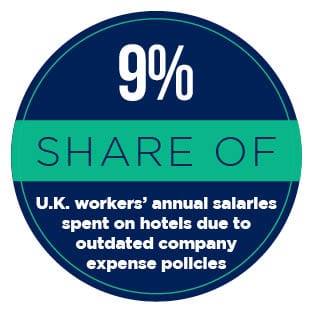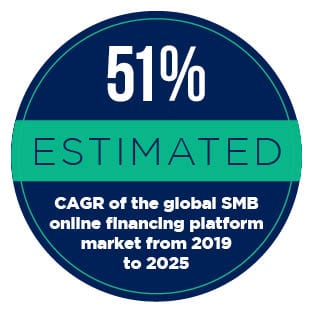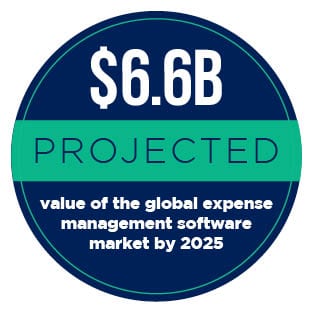
The U.S. construction market is on track to reach $1.8 trillion by 2023. In order for construction firms, contractors and subcontractors to succeed in this market, projects must be completed on time and within a fixed budget. Keeping track of cash flow and spending will be essential for construction firms that are active in the growing market.
There are many factors that contribute to a construction project’s successful completion. Construction firms must have confidence that materials will be delivered, that crews and subcontractors show up on time to job sites and that they are paid promptly for their work. The new Workforce Spend Playbook explores the latest solutions that are enabling construction firms and other small to med ium-sized businesses (SMBs) to maximize their capital, pinpoint cost-saving opportunities and improve their cash flows.
ium-sized businesses (SMBs) to maximize their capital, pinpoint cost-saving opportunities and improve their cash flows.
Inside The Playbook
A series of recent developments are aimed at helping SMBs with their energy, legal services and telecom expenses.
In Australia, the government recently launched a new digital tool that enables companies to assess how much they pay for energy expenses. The new Small Business Energy Check solution was developed in partnership with cloud-based accounting software provider Xero and economic advisory provider AlphaBeta. The new solution works by anonymizing and aggregating spending data from thousands of Australian SMBs to give them data-based insights into how much they spend on energy bills.
Meanwhile, a new service from legal analytics solution provider Quovant recently launched, that aims to help SMBs manage their legal expenses. The new service, known as LegalBill, enables SMB attorneys to improve their workflows and collaboration efforts and aims to help users transition away from paper-based methods and help users to more effectively manage invoices and track performance analytics.
Danish engineer and technology firm Danfoss recently launched its own initiative aimed at helping SMBs to address telecom-related expenses. The firm established the Telecoms Centre of Excellence (CoE) through a partnership with technology expense management provider MDSL. The main objective of CoE will be to launch the MySpend reporting solution through MDSL, which can be used to help SMBs track usage of mobile devices and better understand their billing activities.
Deep Dive: Making Construction Spending More Efficient
While the U.S. construction market is on a roll and set to reach $1.8 trillion by 2023, many workers can struggle with work-related purchases. With an average annual salary of less than $35,000 per year, fronting an out-of-pocket ex pense can be a bridge too far for some construction professionals. The Playbook’s Deep Dive digs into how cost management solutions are enabling SMB in the construction sector to quickly issue wages and prevent workers from incurring out-of-pocket expenses and enduring a lengthy reimbursement process.
pense can be a bridge too far for some construction professionals. The Playbook’s Deep Dive digs into how cost management solutions are enabling SMB in the construction sector to quickly issue wages and prevent workers from incurring out-of-pocket expenses and enduring a lengthy reimbursement process.
Empowering Solar Technicians With Spend Cards
Things are also looking bright for the U.S. solar energy market, which is on track to increase by 20 percent by next year. As the market expands, solar panel installation firms will face pressure to provide field-based technicians and specialists with the financial resources they need to complete their jobs and avoid taking on work-related expenses. In the Playbook feature story, Tom Skraby, vice president of finance for Borrego Solar Systems, and Kathryn Giliberto, Borrego’s senior treasury manager, discuss how payment cards help the company’s team of field-based professionals remain focused on their jobs.
About the Playbook
The new Workforce Spend Playbook, a PYMNTS and Bento for Business collaboration, showcases the shifting landscape of spend management solution and how improved services are affecting SMBs’ in-field expense management, back-office operations and bottom lines.